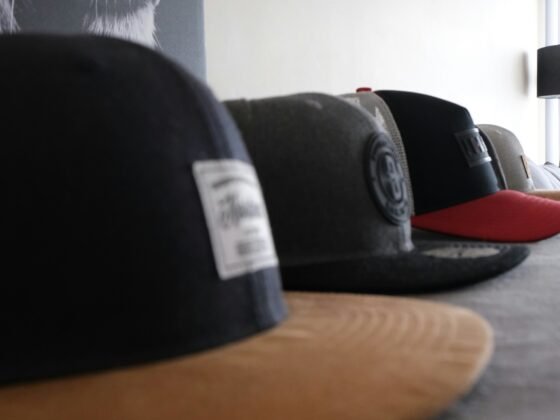One of our staff was recently in Botswana, enjoying a site visit to the lodges and camps we use. Here is her report.
Day 1 (Victoria Falls to Botswana..Chobe NP)
Up 0745, very good breakfast at table with excellent view of the waterhole. Quiet with no animals apart from guinea fowl.
Wilderness transfer at 1130, called at A Zambezi Lodge to collect some Italians who were doing a day trip to Botswana. About one hour by good tar road to Kazangula (80kms west of Victoria Falls).border post.
Met by Shomi from Ngoma Camp which borders Chobe National Park in Botswana. Border formalities consisted of being stamped out of Zimbabwe then stamped into Botswana (no visa necessary) and also stepping on foot and mouth disease control mat as we went into Botswana!
Although we by passed Kasane, the small town about 6 kilometres from the border, we would see Kasane on 8th May when we transferred to the international airport for our flight to South Africa. Kasane is the obvious base to arrive or depart from Northern Botswana’s Chobe region and light aircraft flights busily connect with other parts of Botswans including the Okavango Delta and Maun. Graced by big trees and the beautiful Chobe river, Kasane provides a pleasant respite from the dust and dryness of the rest of the country. It was once the imperial centre of the Makololo – 18th century invaders from what is now South Africa, who conquered the local Lozi people.
Excellent tarmac road to Chobe and right to the turn off for Ngoma. Elephants regularly seen crossing the road.
Arrived at the lodge 45 minutes later (the journey from Victoria Falls inc border formalities takes about 2 hours) and warmly welcomed by Mena the manageress and her team.
Stunning site set on the escarpment looking towards the Chobe River. Eight tented suites, very spacious on two levels with enormous frontage looking down to the river. Décor most unusual – beaded wall lights in shape of sable heads, mezzanine level with shower, bath, 2 wash hand basins, separate loo, dressing table area, hanging space. Station for tea/coffee, fridge. From the beds, look directly to the river. Gorgeous mess area with lounge (wifi), telescope as night skies are black and star = very bright, two levels with decking on lower level and small pool. Large baobab tree as ‘cornerstone’.
Many baobab trees in this fringe of Chobe National Park area.
Dining area tables set out in such a way that one has one’s own privacy or can join together for a group. Quick delicious lunch then unpacked. Game drive at 1530 with Shomi, Fiona and Richard. Back to the main tar for a few miles and turn onto dirt track for the Chobe National Park gate.
Background to Chobe National Park in northern Botswana: Chobe is a far cry from the soft paradise of the Okavango Delta or the watery edges of Moremi Wildlife Reserve. Instead it is a raw and compelling wilderness packed with game. The Park was created in 1968 and named after the river that defines its northern boundary. Confusingly, this river has a number of different names. Where it rise in Angola it’s called the Kuando; where it first enters Botswana, it’s the Linyanti. It then becomes the Itenge and when it reaches Ngoma Bridge back on the Caprivi Strip in Namibia, does it become the Chobe. It soon joins up with the Zambezi and together they hit the chasm at Victoria Falls. The best time to visit the river is during the dry season from June to October when the animals come from the interior to the northern park of the park for water.
The flood plains with their different vegetation types – thickets of bush, open grassland and riverine forest – are ideal for game viewing (as we found out). Besides herds of elephant and buffalo, tsesseebe, waterbuck, roan and sable antelope, eland, giraffe, hyena, kudu, Chobe bushbuck and the rarest Botswanan antelope, the puku which bears a passing resemblance to the impala but without the black and white markings.
Very interesting game drive with plenty of elies, kudu, waterbuck, wart hog to be seen in this lovely, scenic area. Sundowners on sandbank by the river. Back to lodge for 1830, freshen up then a lovely supper. Eight guests in camp.
To be continued…











